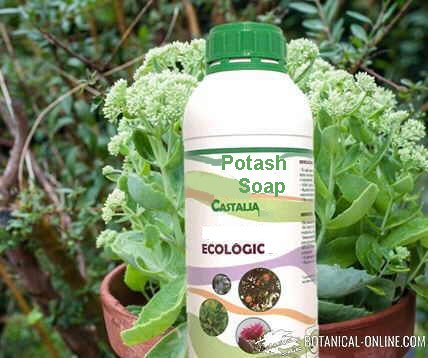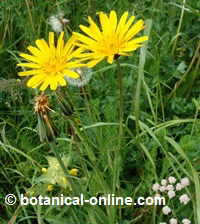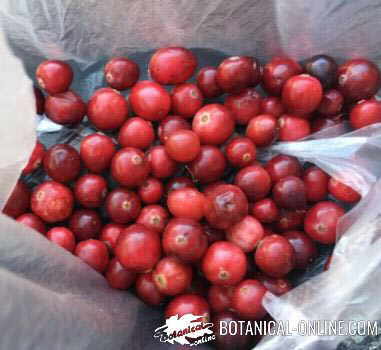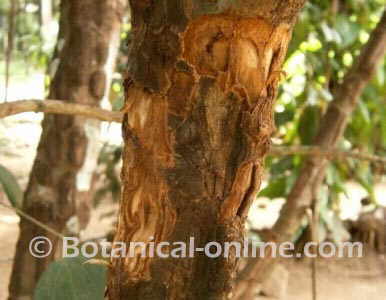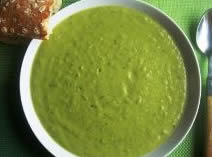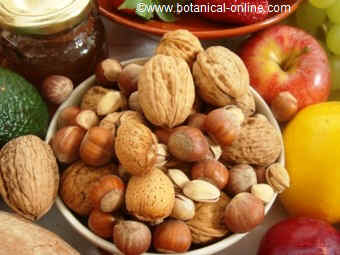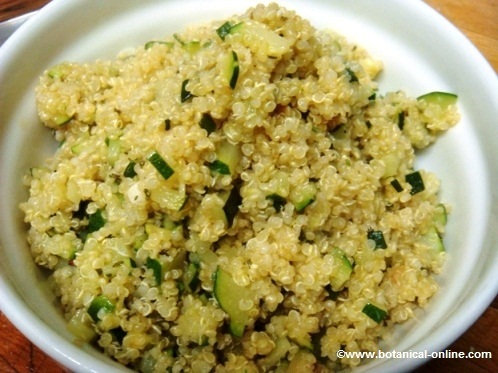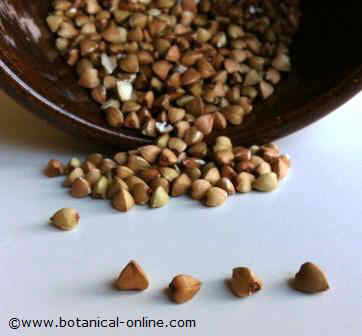Contents
Chayote. Plagues and diseases
Main chayote diseases:
Among the main chayote diseases, we can consider:
- Fusarium: Within these, we can mention Fusarium oxysporum, a fungus that lives in the soil feeding on roots, causing rot in them. To treat it, we have proposed different solutions. Among chemical treatments, we have tested the use of certain systemic therapies such as benomyl, although other biologic treatments are recommend.
Among the natural treatments we can point out the biological control with the fungus Trichoderma koningii that inhibits the fungus growth, soil solarization, the use of non-infected seeds or removal of infected material. Soil solarization involves covering the moist soil with a plastic so that the temperature changes that occur under it can eliminate this parasite that can not withstand high temperatures.
 Powdery mildew: Powdery Mildew is a fungal disease that causes white or gray leaf spots covered with a kind of dust. Affected leaves are twisted, yellow and fall. It can also affect the buds that do not open. This type of infection benefits from a warm and dry weather, but with high humidity the dispersal of spores is higher. The treatment is based primarily on prevention. It is recommended to:
Powdery mildew: Powdery Mildew is a fungal disease that causes white or gray leaf spots covered with a kind of dust. Affected leaves are twisted, yellow and fall. It can also affect the buds that do not open. This type of infection benefits from a warm and dry weather, but with high humidity the dispersal of spores is higher. The treatment is based primarily on prevention. It is recommended to:– Use varieties resistant to this infection.
– Do not plant specimens too tight to encourage airflow.
– Dispose of all infected material to prevent the fungus can remain during the winter in it.
– Do not increase humidity to prevent the spread of spores.
Chemical treatment involves the use of suitable fungicide containing sulfur or potassium bicarbonate. There are experimental treatments without toxicity using baking soda mixed with vegetable oil that is sprayed on the pest. Alternatively neen oil, a product made from the tree Azadirachta indica, can be used.
- Ascochyta: Caused by the fungus Ascochyta phaseolorum, produces lesions in the fruits in the form of whitish sunken circles.
- Gummy stem blight: Illness caused by the fungus Phoma cucurbitacearum, which produces dark brown marks with a leathery texture on the fruits.
- Mycovellosiella cucurbiticola is a fungus that produces purulent wounds on the fruit. Adequate treatment with fungicides such as thiabendazole can solve it.
Main chayote plagues
- Moths: The larvae of some insects are introduced into the fruit causing galleries that lead to their decay. The main ones are Diaphania hyalinata and Diaphania nitidalis. The first larva is green with two whitish oblong spots on the back. The young larvae of the second one has a whitish color with yellow spots. As they become adults, they become darker in color and do not show any no points. This insect, a moth of about four inches, is the largest planteating family of cucurbitaceae, especially squash and melons. The control of it is done with systemic insecticides.
- Coleoptera: Some of them, like Kick boxing leaf beetle (Acalymma trivittatum) injure the surface of the fruit and feed on leaves, stems and roots so that they produce injury to plants in general. They are a vector for transmission of other viral diseases. These insects are very difficult to remove because the larvae are deposited in the roots. Insecticides, such as as Carvaril, are often used in the early hours of the morning that do not affect bees.
- Red Spiders: Belonging to the genus Tetranichus. Effective treatment is usually the use of an acaricide as dienoclor.
Other chayote diseases
Other diseases that may affect this plant are:
Macrophomina phaseolina
Sclerotium rolfsii
Alternaria cucumerina
Cercospora sechii
Erysiphe cichoracearum
Leveillula taurica
Fulvia fulva
Ascochyta phaseolorum
Phytophthora infestans
Phytophthora nicotianae
Phytophthora capsici
Peronospora tabacina
![]() More information on chayote
More information on chayote

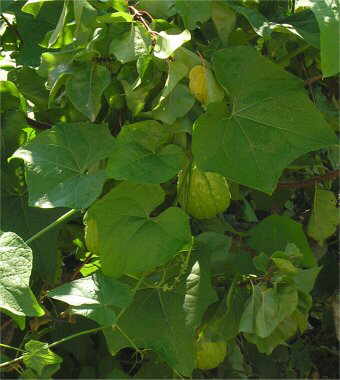 Powdery mildew: Powdery Mildew is a fungal disease that causes white or gray leaf spots covered with a kind of dust. Affected leaves are twisted, yellow and fall. It can also affect the buds that do not open. This type of infection benefits from a warm and dry weather, but with high humidity the dispersal of spores is higher. The treatment is based primarily on prevention. It is recommended to:
Powdery mildew: Powdery Mildew is a fungal disease that causes white or gray leaf spots covered with a kind of dust. Affected leaves are twisted, yellow and fall. It can also affect the buds that do not open. This type of infection benefits from a warm and dry weather, but with high humidity the dispersal of spores is higher. The treatment is based primarily on prevention. It is recommended to: